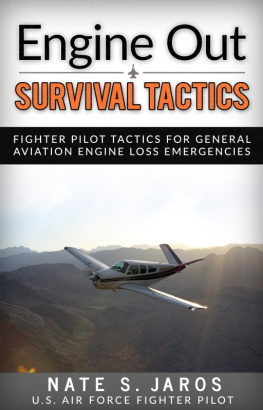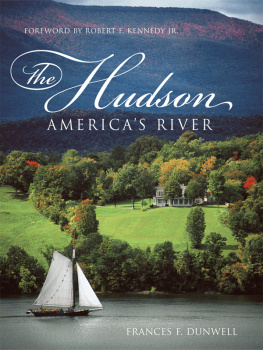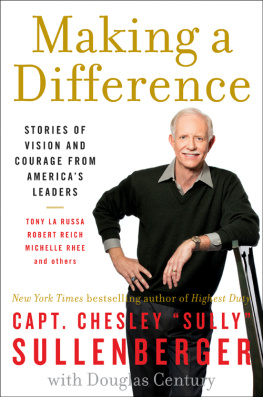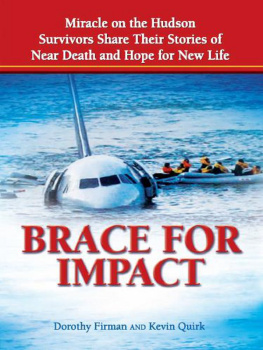FLY BY WIRE
The Geese, The Glide,
The Miracle on the Hudson
WILLIAM LANGEWIESCHE

PENGUIN BOOKS
PENGUIN BOOKS
Published by the Penguin Group
Penguin Books Ltd, 80 Strand, London WC2R 0RL , England
Penguin Group (USA) Inc., 375 Hudson Street, New York, New York 10014, USA
Penguin Group (Canada), 90 Eglinton Avenue East, Suite 700, Toronto, Ontario, Canada M4P 2Y3
(a division of Pearson Penguin Canada Inc.)
Penguin Ireland, 25 St Stephens Green, Dublin 2, Ireland
(a division of Penguin Books Ltd)
Penguin Group (Australia), 250 Camberwell Road, Camberwell, Victoria 3124, Australia
(a division of Pearson Australia Group Pty Ltd)
Penguin Books India Pvt Ltd, 11 Community Centre,
Panchsheel Park, New Delhi 110 017, India
Penguin Group (NZ), 67 Apollo Drive, Rosedale, North Shore 0632, New Zealand
(a division of Pearson New Zealand Ltd)
Penguin Books (South Africa) (Pty) Ltd, 24 Sturdee Avenue, Rosebank,
Johannesburg 2196, South Africa
Penguin Books Ltd, Registered Offices: 80 Strand, London WC2R 0RL , England
www.penguin.com
First published in the United States by Farrar, Straus and Giroux 2009
Published in Penguin Books 2010
Copyright William Langwiesche, 2009
All rights reserved
The moral right of the author has been asserted
Portions of this book were previously published in Vanity Fair
Except in the United States of America, this book is sold subject to the condition that it shall not, by way of trade or otherwise, be lent, re-sold, hired out, or otherwise circulated without the publishers prior consent in any form of binding or cover other than that in which it is published and without a similar condition including this condition being imposed on the subsequent purchaser
ISBN: 978-1-84-614308-3
PENGUIN BOOKS
FLY BY WIRE
William Langewiesche is an author and journalist. He is currently Vanity Fairs international correspondent, having made his name writing for Atlantic Monthly. His strong, evocative prose is used to devastating effect on a range of issues. Before embarking on a writing career he worked as a pilot for fifteen years from the age of eighteen. He has been termed one of the leading writers of The New New Journalism, a group of writers who have secured a place at the centre of contemporary American literature, as Tom Wolfe and The New Journalism did in the sixties.
ALSO BY WILLIAM LANGEWIESCHE
Cutting for Sign
Sahara Unveiled
Aloft
American Ground
The Outlaw Sea
The Atomic Bazaar
New York, January 15, 2009
It was a wintry Thursday afternoon, and the city had turned inward on itself against the cold. On Manhattans west side, a few people who happened to be looking toward the Hudson River caught a glimpse of an airline accident that initially brought back memories of another case, eight years earlier, of airplanes crashing into the heart of New York. This time it was US Airways Flight 1549, an Airbus A320 that ran into a flock of geese, lost thrust from both engines, and glided without power to a safe landing in the Hudsons frigid waters. The Department of Homeland Security flashed its badges, but only as bureaucracies do. There were no foreign terrorists here. The geese were innocent birds. The captain was the very definition of a good citizen, a man named Chesley Sullenberger whose life until now had been so uneventful that many of his peers at US Airways had overlooked his presence. Overnight he became a national hero as politicians, the press, and the public caught on to the man who would become known as Sully.
It had snowed that morning, but the skies had largely cleared. The Airbus had departed from nearby LaGuardia Airport and had reached only 3,000 feet before being forced from the air. From takeoff to splashdown, the flight had lasted just five minutes. Surveillance cameras on the shores captured the final moments from a distance. The airplane streaked onto the scene with its landing gear up, approached the river at a shallow angle, and settled into the water with a brief plume of spray. It swerved slightly to the left and came to a stop, floating nose high, drifting downriver at the speed of the current. Its tail soon sank below the surface, but the cockpit and much of the cabin remained dry. Within seconds the forward doors opened and two slide rafts inflated, one on each side. People began to pile into them and to emerge through the emergency hatches to stand on the wings. There were a hundred and fifty passengers and five crew members aboard. Relatively few wore life vests. None was dressed for the occasion. The airplane settled lower, until people standing on the wings were up to their waists in the cold water. But the first of several small ferries and rescue boats arrived four minutes later, and soon afterward everyone was safe.
Five minutes of flight. Four minutes until survival was assured. This book is the story of a short slice of life.
This is the second book I dedicate to Cullen Murphy, my editor and friend.
To Cullen Murphy, again.
PROLOGUE
THE INQUEST
In June 2009, six months after Chesley Sullenberger struck a flock of Canada geese and glided his wounded US Airways Airbus to a successful ditching into the Hudson River, a public hearing on the case was held in Washington, D.C. It was organized by the crash investigators of the National Transportation Safety Board (NTSB), a small and independent federal agency that is renowned for its technical expertise. During the six months since the accident, the investigators had been dissecting the case and studying the factors behind it. Despite Sullenbergers skillful flying and the survival of everyone aboard, it turned out that there was much to consider here. Simply put, the successful outcome had been a very near thing. Furthermore, NTSB investigators are professional worriers. On the occasion of this hearing, they were going to release the information they had gleaned and, under the guise of taking sworn testimony from expert witnesses, publicize some of their concerns. What can be done about flocking birds, about jet engines, about water landings, about passenger briefings, about life rafts, about never again requiring people to stand on sinking wings to keep from drowning? What can be done about never again depending on such a chain of good luck?
The NTSB is meant to be pure, the speaker of truths no matter how impractical they may be. As an agency it is built that way. It cannot write regulations, mete out fines, impose technical standards on designs, or force its opinions on its fellow government bureaucracies. It does have the power of subpoena and can swear in people to encourage them to tell the truth, but this is more for show than for meaning. Rarely have people been prosecuted for lying to the NTSB, though people have lied to it plenty of times. In the end it really only has the power of persuasion at its disposal. Some on the staff call this the power of the raised eyebrow. Their highest hope is for incremental progress measured in years. That was to be the purpose of the hearing now. For two full days and part of a third, the NTSB was going to engage with a parade of pilots, officials, and engineers, few of them able to speak in clean English, and most of them wanting to make opening statements using PowerPoint displays. The standard stuff. The facts were known. For the audience it would be rough going, with no coffee allowed.

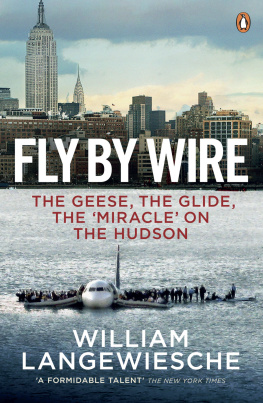



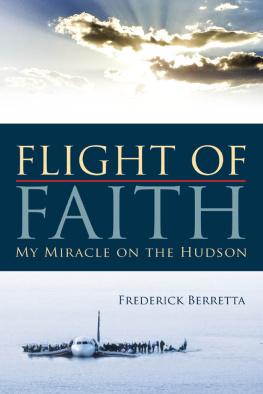
![Captain Chesley B. Sullenberger III - Sully [Movie Tie-In] UK: My Search for What Really Matters](/uploads/posts/book/404353/thumbs/captain-chesley-b-sullenberger-iii-sully-movie.jpg)
